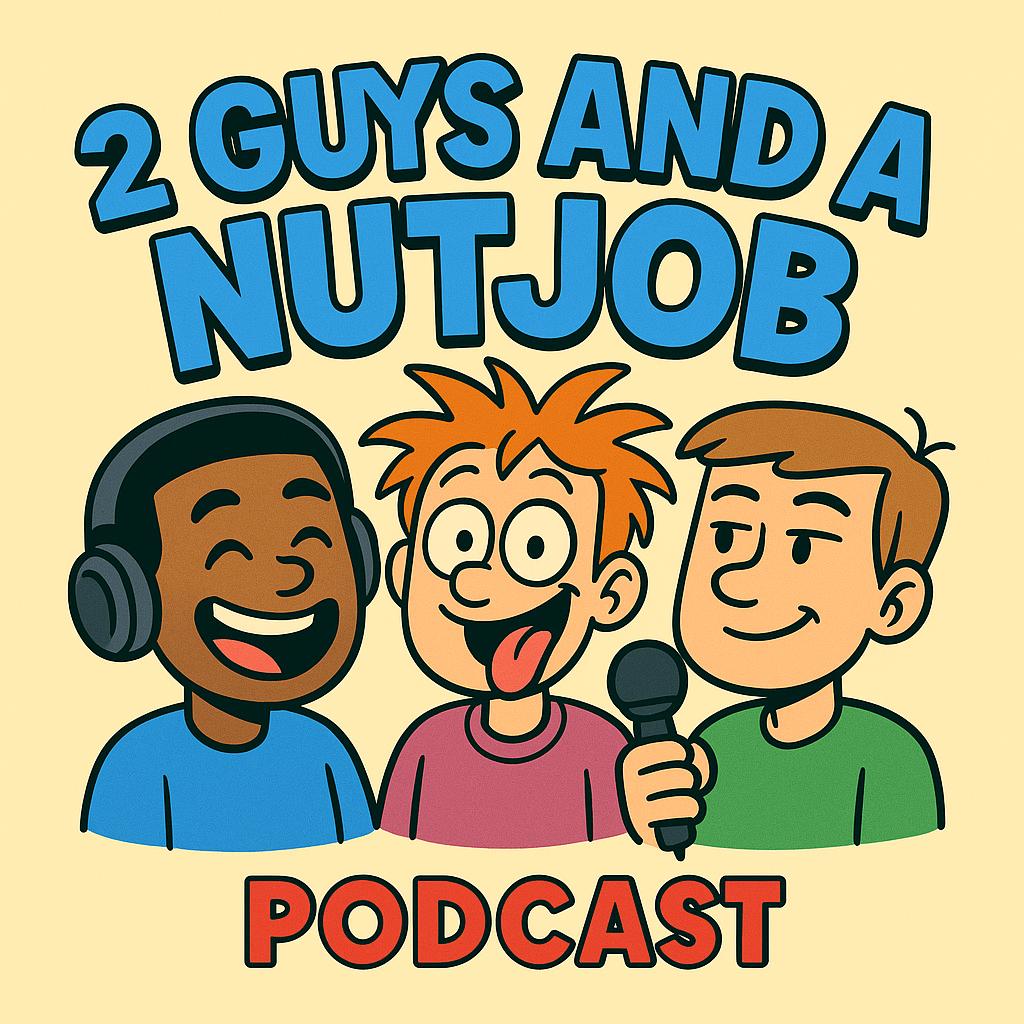
BARREL OF TRUTH
Frustrating Part:
Some prompts felt a bit too personal and could turn people against each other if the group vibe isn’t great.
Favorite Part:
It was really fun seeing people’s unexpected answers, made it feel playful and revealing.
Magic Wand Change:
Soften the wording on a few prompts and add a timer so turns don’t drag.
Improvement Suggestion:
Reword some questions and add drawing rounds — everything else is solid.
Game’s Message:
Trust your group and expect some real honesty.
3 Words:
Funny, social, revealing
Hear Me(3rd Game )
Premise
Hear Me is a gentle, therapeutic browser experience. Players select how they feel (Happy, Sad, Lost, etc.) and are provided with a mood-matching song and a journaling space to reflect. It’s designed as a calming audio-visual tool.
Story
There’s no “win” condition. The game exists to support and calm. It’s about making space for feelings — especially for players who might not always feel heard. Whether sad or anxious, the design invites users to sit, listen, and write.
Process
I used HTML/CSS/JS and embedded music from SoundCloud. Originally, I tried YouTube, but due to embed restrictions I switched to SoundCloud playlists. The UI is bright and welcoming, and the layout includes a welcome page and journaling feature.
Final Product
A playable site that includes:
• Mood-based background color and music
• 1 SoundCloud track per mood
• Journaling space with a “Save My Thoughts” option
• A smooth intro screen that eases the player into the experience

TRUTH OR TWISTED (2nd Game)
Premise
True or Twisted? is a political fact-checking quiz game designed to help players separate truth from misinformation. Through a series of carefully crafted statements, players must decide if each one is true or false, but the twist is that the wrong answers reflect real-world misconceptions. It’s part game, part wake-up call.
Story/Intent
We live in a time when people often encounter fake headlines before real ones, and many vote or argue based on half-truths. This game challenges players to think critically and rewards informed awareness.
By including wrong answers based on popular conspiracy theories, the game simulates how misinformation travels — and gives players the tools to fight it.
The tone stays neutral, even when addressing controversial topics, to build trust across viewpoints. No lectures. Just facts and choices.
The Process
This project started as a reimagining of “The Election Game,” which focused on candidate knowledge. As the political climate evolved, the goal shifted: to educate players about current government actions, broken promises, and viral misinformation — whether they supported the ruling party or not.
Built using HTML, CSS, and JavaScript, the game features:
• Dynamic true/false questions
• Feedback after each answer with the correct information
• A clean UI with bold fonts and visual clarity
• A system prepared to expand with chatbot features or live fact updates in the future

The Sequence (1st game test)
Story
The deeper you go into the game, the more surreal it becomes. The player unknowingly becomes complicit in a narrative they don’t understand. The experience asks: what happens when we blindly follow orders without understanding the consequences?
Premise
At first glance, The Sequence is a simple color-matching memory game. But as players complete more rounds, a hidden layer unfolds: each round reveals a disturbing real or fictional news clipping, making players question what they’re really participating in.
Process
The 1st version of the game was a card game that was made and tested
The 2nd version of the game was built using HTML, CSS, and JavaScript. I started with basic sequence logic, then integrated mood-based design changes (ambient colors per round) and a modal system to trigger random headlines. I collected both real and imagined news clips and paired them with specific rounds.
INITIAL VERSION (CARD GAME)
The Sequence – Early Card Game Version
Premise:
Players drew and replicated color pattern cards, seemingly just to match them — but over time, those sequences triggered event cards (news clippings or real-world consequences), revealing that they were unknowingly participating in something much deeper or darker.
Gameplay Elements:
Color Pattern Cards: Cyan, Magenta, Yellow, Red — shuffled and drawn in sequences
Reaction Phase: After successfully copying a pattern, a news/event card was revealed
Narrative Twist: Players realized that their actions were feeding into hidden systems (e.g., political events, surveillance, or complicit behavior)
Goal:
players kept going, but the real point was to notice the moral weight of their obedience.
FEEDBACK
Well put together but long in gameplay.( Colin )
Needed to provide premise to the game to give an idea to players (Kelsey)
A “FINAL VERSION”
A playable browser-based experience with:
• 16 color patterns
• 16 news clippings (mild to extreme)
• A narrative twist through tone, glitch effects, and unsettling themes
• Great for reflection, discussion, and emotional design critique

Around the world in 80 day (Game Review)
What was the most frustrating moment or aspect of what you just played?
When you couldn’t remember some thing as soon as it got to your turn
What was your favorite moment or aspect of what you just played?
The challenging questions
Was there anything that you wanted to do but couldn’t?
Answer all the questions by myself….lol
If you had a magic wand to wave, and you could change, add, or remove anything from the experience, what would it be?
Add more questions to the cards
What should be improved with the next version?
More phrase cards
What was the game’s message?
It is educational in terms of global culture and geography.
Describe the game in three words.
Educational, culture, and humbling.
Tori’s Murder mystery game
I loved loved loved this game. I had too much fun engaging with the characters and the game as a whole.
The thought put into props, storyline, twists and turns is very good and helps bring the story to life.
Also, the level of interactivity that is carved out by the game is really interesting. Forcing players to talk and work together.
I would love for the game to see more versions and more intricate stories.
SIGNAL REACT (Gideon Gyamfi’s Game)
A Fast reaction game
This is a game of speed, and when the game master calls out colors in the sequence, you have to draw them fast. The 1st person to get the most points in each round gets the code at the end of the round
Each person gets 4 colors. at the start of the game
and these are yours till the entire game is done
LISTEN CLOSELY AND DRAW FAST!!!!!
1st to draw gets the point
Draw at the same time they both get the point.

This is the “SEQUENCE LIST”
This goes to the game master.
Each number is a round.
And the game master reads out each color to the players to allow them to draw
Discussion: Doctrine – Cognitive Task Analysis, Full Spectrum Warrior, and Medical Simulation
Cognitive Task Analysis (CTA) is a method used to break down complex tasks into smaller cognitive steps, helping individuals learn and apply skills more effectively.
Full Spectrum Warrior is a military training simulation disguised as a video game, developed to teach soldiers tactical decision-making under pressure.
Medical Simulations use virtual or physical environments to train medical professionals in procedures, crisis management, and decision-making. These simulations allow learners to practice without real-world consequences, reinforcing procedural memory and critical thinking under pressure.
Full Spectrum Warrior is a military training simulation disguised as a video game, developed to teach soldiers tactical decision-making under pressure.
Medical Simulations use virtual or physical environments to train medical professionals in procedures, crisis management, and decision-making.
What are the challenges a team faces when working on an educational game?
Balancing fun, education, and accuracy is difficult. Game designers want engaging mechanics, while pedagogy experts focus on structured learning
Vetoed Game Ideas and Issues of Scientists, Pedagogy Experts, and Designers: Scientists worried about oversimplification and misinformation. Pedagogy experts focused on aligning the game with learning objectives. Designers feared that too much educational content would make the game boring.
What the Team Learned from Playtesting Their Prototypes
Playtesting showed how players interacted with the game
How Playtesting Resolves Conflicts Among Team Members: Playtesting provides real user data instead of opinions. It helps team members see what actually engages and educates players. This shifts discussions from personal preferences to objective improvements.
Five New Ideas for Serious Games
“Under the Surface” puts players in the role of marine biologists, tackling ocean decline. By studying marine life and tracking pollution, players witness the impact of human actions and learn how small changes can protect ecosystems. This game emphasizes environmental awareness and the importance of conservation.
“Echoes of the Past” delves into forgotten historical narratives. Players piece together lost stories, revealing biases in historical records and highlighting the importance of diverse voices. Through detective work and interactive storytelling, players confront historical events shaped by conflict and displacement. This game promotes cultural preservation and challenges traditional historical perspectives.
“Bias Breakdown” tackles media literacy. Players navigate a digital news landscape, learning to identify bias and misinformation. By taking on roles within the media, they understand how algorithms and narratives shape public perception. This game aims to teach critical thinking and awareness of media influence.
“Prison Pipeline” addresses systemic injustice. Players follow the lives of young people, making choices that illustrate the impact of socioeconomic disparities on their futures. This game exposes the consequences of racial and economic bias within the criminal justice system, highlighting how policy affects real lives.
“Silent Signals” focuses on mental health awareness. Players learn to interpret non-verbal cues and provide support to someone experiencing mental health struggles. By mimicking the difficulties of communication, this game fosters empathy and understanding. These game ideas all demonstrate how games can be used to educate, raise awareness, and promote positive change, moving beyond simple entertainment.
WEEK 4
Responses to Readings
What Learning Games Have You Played? How Do They Fit Into Learning Theories?
Games teach in different ways. Typing Club uses repetition and rewards to build typing speed, but not deep thinking. Minecraft: Education Edition lets players learn by creating and problem-solving, needing some teacher guidance. Foldit uses teamwork for real science, but needs background knowledge. Minecraft is likely the best, as it encourages hands-on learning and problem-solving over simple repetition.
Is Gamification Bullshit? What is Ian Bogost’s Argument?
Bogost thinks gamification is a trick. Companies use points and badges to control people, not to make things fun or educational. They add game-like things to make people keep using their products, but without real value.
I agree. Things like Duolingo streaks and Starbucks rewards make people do things without really learning. But, some gamification, like Khan Academy’s, can be good if it’s used to help real learning. I’ve seen it myself: reward programs feel like marketing, and Duolingo focuses too much on streaks, not learning.
What is a Serious Game, and Why Aren’t They Chocolate-Covered Broccoli?
Serious games teach, not just entertain. Bad games try to hide learning, like boring math games. Good games teach through playing, like “Papers, Please.” Good games are fun by themselves. Gamification can be bad, but good for real learning. Learning games are best when players explore, create, and work together.
Five Game Ideas That Revolve Around the Theme of Empathy
- Walk in My Shoes: Players live as someone different (refugee, single parent, etc.). They make tough choices about daily life and see the consequences.
- Echoes of War: Players are civilians in a war. They make moral choices and see how war affects everyone.
- Through Their Eyes: Players see the world with disabilities (blindness, deafness, autism). They learn to understand different abilities.
- Chain of Kindness: Players do kind things that affect the game. It shows how small acts matter.
- The Stranger’s Story (ARG): Players get messages from someone who needs help. They solve puzzles and work together to help. It mixes real life and fiction to build empathy. It uses real-world clues and actions to make the story feel real and encourage players to care.
The Stranger’s Story
How It Works:
Players receive a cryptic message, email, or social media post from a person who seems to need help.
Using real-world interactions (e.g., visiting a certain location, researching online, or collaborating with other players), they uncover pieces of the person’s story.
The game changes dynamically based on how the player responds—offering support, ignoring the message, or taking different paths.
Core Themes & Impact:
Players become part of a living narrative where their choices determine how the “stranger” (a fictional but believable character) overcomes their struggles.
Designed to promote real-world awareness, such as homelessness, mental health, or immigration challenges.
Uses player collaboration and real-life locations to foster engagement, making empathy an active and immersive experience.
WEEK 3
How does Mary Flanagan’s definition of a game differ from Chris Crawford’s, as well as the definition crafted by Katie Salen and Eric Zimmerman?
Mary Flanagan sees games as more than just fun or competition. For her, games can be tools for activism or making a statement, not just about winning or losing. Chris Crawford focuses on how games are different from puzzles. He says games are dynamic—they change as players make decisions, while puzzles stay the same until you solve them. Katie Salen and Eric Zimmerman define games more strictly. They see games as systems with rules, where players face artificial challenges and work toward a clear outcome, like winning or losing.
What is an activist games
Activist games teach about social issues. They try to make players think about problems like fairness and equality. They’re more than just fun.
What other games feature “perfect information” like Go and Chess?
Checkers, Shogi, Othello, and Mancala are games where everyone sees everything. No secrets or luck.
Why might chance or gambling games hold spiritual or religious importance to ancient cultures?
Long ago, people thought luck and chance came from the gods. Gambling was seen as fate or the gods’ power. It was both fun and spiritual.
When was the earliest battle between governments/religious groups and games? What modern games have been banned or demonized?
Some people have always thought games were bad. Like in Egypt and Mesopotamia, they thought gambling was a bad influence. Today, some video games are criticized for violence like GTA and Doom, and some board games for promoting capitalism.
What is a fox game, and what would be a modern example?
Fox games have one player (fox) against many (geese). The fox tries to win. Dead by Daylight is a modern example with a killer (fox) hunting survivors (geese).
What was the purpose or intent of the game Mansion of Happiness?
Mansion of Happiness was a game to teach good Christian behavior. Good actions helped you, bad actions set you back
Why did artists from the Fluxus and Surrealist movements play games? Why did Surrealists believe games might help everyone?
Artists like Fluxus and Surrealists used games to be creative and different. They wanted to challenge old ideas. Surrealists thought games helped people think creatively and avoid strict rules.
Changes in what can signal profound changes in games? How were pinball games reskinned during WWII?
Games can change with what people believe. Like during WWII, pinball machines were changed to support the war instead of gambling.
What statements did Fluxus artists make by reskinning games like Monopoly and Ping Pong?
Fluxus artists changed Monopoly and Ping Pong to show problems with capitalism. They made them silly, cooperative, or critical, not about winning or losing.
How are artists like Lilian Ball, Marcel Duchamp, Takako Saito, Yoko Ono, Gabriel Orozco, and Ruth Catlow using war games?
Artists change war games to show war is bad and to talk about peace. They sometimes make war games abstract or symbolic to challenge how we usually think about war.
Why is it important for players to have agency in a critical or serious game?
Agency means players can actively take part and think about a game’s ideas. Without agency, players just passively receive messages, without really thinking about them.
Advergames
What advergames have you played? Did they influence a purchase?
Played Pepsi Man While fun, they felt gimmicky rather than persuasive.
Why do the advergames Tooth Protector and Escape work?
Tooth Protector (Johnson & Johnson): Embedded educational content into gameplay (protecting teeth from cavities by dodging harmful food).
Escape (Kellogg’s Nutrigrain): Action-packed, simple controls, and tied into the brand’s theme of having “energy” from a healthy breakfast
Why do Chase the Chuckwagon and Shark Bait fail?
Chase the Chuckwagon (Purina Dog Food): Boring gameplay Felt more like a forced promotional gimmick than a game.
Shark Bait (Quaker Oats): Poor controls and gameplay that lacked engagement.
What does Volvo’s Drive for Life accomplish? The game simulates realistic road hazards and responsible driving, indirectly promoting Volvo’s reliability and advanced safety features.
What company used in-advergame advertising : Nike, Coca-Cola, and McDonald’s used in-game billboards and branded items within sports and racing games.
What was one of the first home console advergames, and what beverage was it for?
kool aid man
What makes the toilet training game sophisticated, and do you agree?
Yes, since it makes an educational experience more dynamic and fulfilling while also transforming a routine task (potty training) into an interesting challenge.
What do advergames and anti-advergames have in common, and what principles do they share?
Both sway player perception through persuasive game mechanics.
